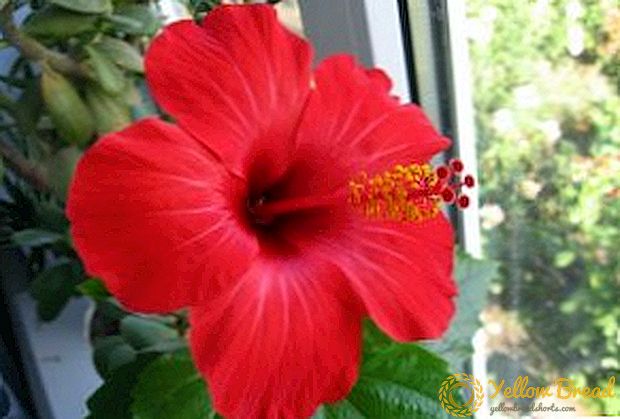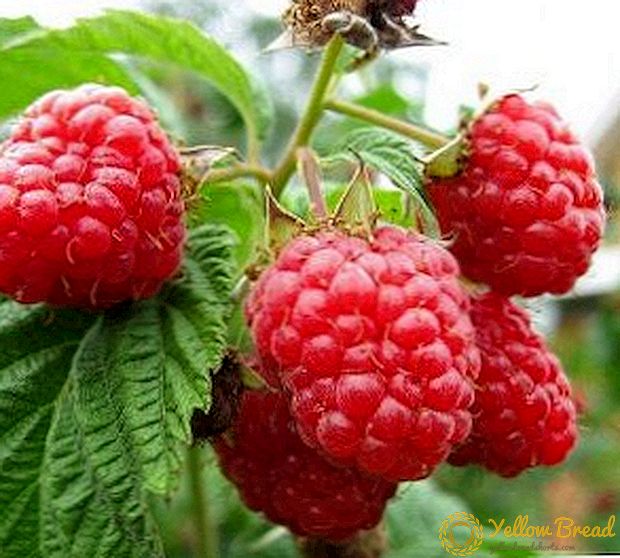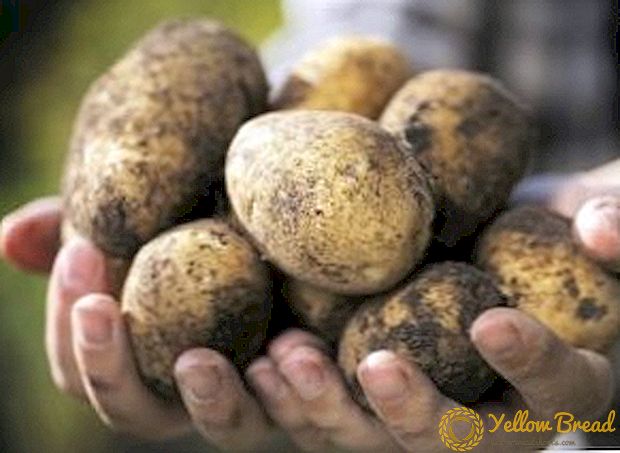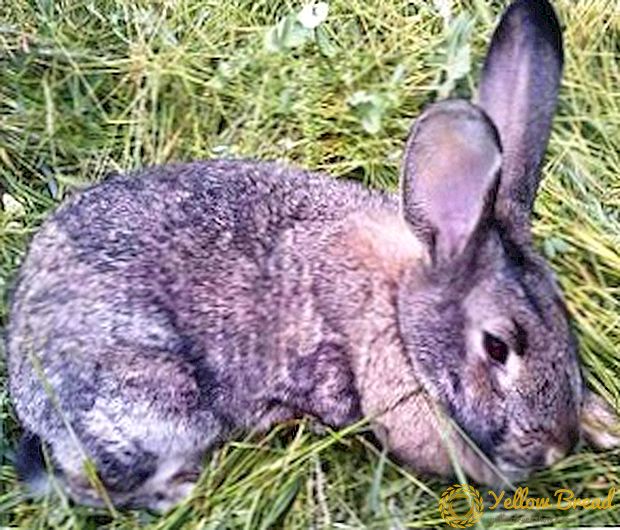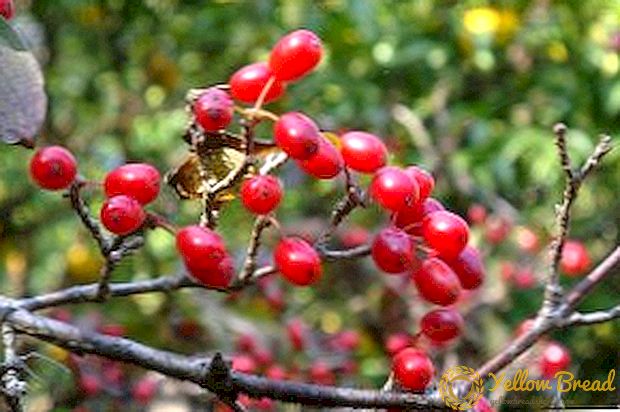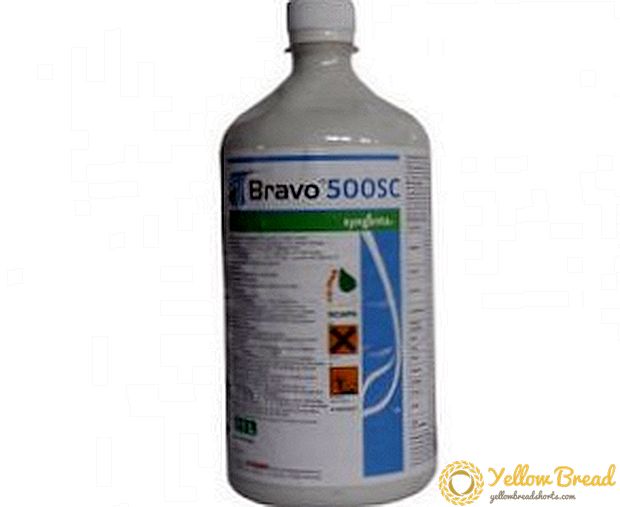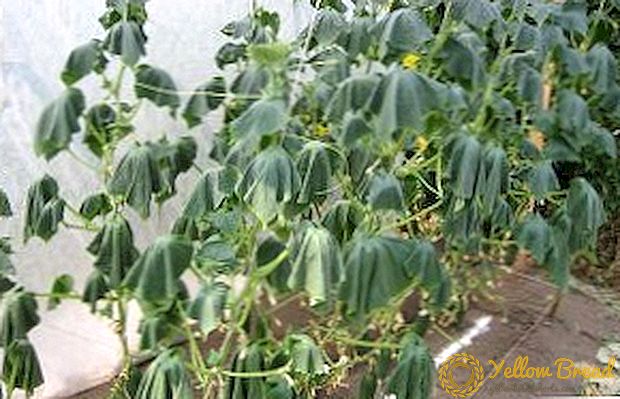 Wilting leaves is the most common problem for growers who grow cucumbers in greenhouses. From our article, you will learn the reasons why this can happen, as well as ways to combat this phenomenon and its prevention so that cucumbers can be healthy and bear fruit well.
Wilting leaves is the most common problem for growers who grow cucumbers in greenhouses. From our article, you will learn the reasons why this can happen, as well as ways to combat this phenomenon and its prevention so that cucumbers can be healthy and bear fruit well.
- Wilt due to disease
- Fusarium
- Root rot
- White rot
- Mealy dew
- Pests of greenhouse cucumbers
- Aphid
- Pliers
- Garden slugs
- Care errors
- Wrong lighting
- Irrigation errors
- Climatic conditions
- Lack or excess of fertilizers
Wilt due to disease
Although cucumbers are quite unpretentious, one of the reasons why cucumbers fade in a greenhouse is the presence of disease. We consider the main diseases that can lead to wilting of cucumber leaves.
Fusarium
Fusarium - a fungal disease, the first signs of which are the withering of the tops and rotting of the stem of the plant. The roots of cucumbers become brown, crack and rot.  This disease can affect cucumbers in over-wetted soil and low temperatures.
This disease can affect cucumbers in over-wetted soil and low temperatures.
For resistance to fusarium, use such methods:
- constant disinfection of the soil;
- removal and destruction of diseased plants;
- avoidance of excess moisture in the area, especially in cold weather;
- hilling cucumber stalks, which will protect the roots and stem from the accumulation of water;
- control of water temperature for irrigation (should be no more than 22 degrees);
- soil temperature should not exceed 20-30 degrees;
- use in dressings of small doses of fertilizers.
Root rot
The danger of root rot in the difficulty of detection in the initial stages. It infects the roots of cucumbers in the greenhouse, dyeing them in a brown color, contributes to the yellowing of the lower leaves and provokes the process of wilting, rolling over the entire bush, which is no longer possible to save.  This disease can lead to:
This disease can lead to:
- watering with water below 20 degrees;
- sudden changes in temperature;
- ingress of condensate on cucumbers due to the high moisture content in the room;
- failure to follow the rules of soil care (timely replacement and disinfection);
- excess fertilizer, especially nitrogen and organic matter;
- cold drafts.
 The most effective preventive method against the appearance of root rot is the introduction of peat into the soil and maintaining the temperature in the greenhouse in the range of 18-30 degrees.
The most effective preventive method against the appearance of root rot is the introduction of peat into the soil and maintaining the temperature in the greenhouse in the range of 18-30 degrees.White rot
The main sign of infection with white rot is the withering of the tips of the shoots and the white deposits on the leaves and stalks. Diseases are preceded by non-compliance with the temperature and moisture in the greenhouse.
Methods of resistance to this disease:
- avoiding dampness in the greenhouse;
- maintaining the temperature at least 18 degrees;
- disinfection of greenhouse soil.

Mealy dew
This disease is easily recognized by the presence of brown spots on the bushes with a grayish-white bloom. Defeat first covers a small part of the leaf, over time increasing in size and provoking the drying of all the leaves. Cucumbers dry and stop growing, which causes the death of the plant in the greenhouse.
Powdery mildew is a fungus that is stored in the soil for a long time.It progresses with drafts and poor lighting, which reduces the resistance of the cucumber to the disease.
Methods of resistance to powdery mildew:
- top dressing with fertilizers, which contain potassium and phosphorus;
- burning plant residues;
- carrying out evening spraying with a solution of a mullein. Liter of mullein need to fill with cold water and insist for three days. Then dilute with a bucket of water and process the leaves.

Pests of greenhouse cucumbers
Another explanation for why cucumbers wither is the presence of pests. Consider the main types of pests and methods for their extinction.
Aphid
These are green or black tiny insects. The cucumber leaves are the first to be attacked by aphids; they become withered. Then the plant ceases to bloom and bear fruit. Poor airing and dampness in a greenhouse when attacked by aphids can lead to the complete destruction of the bushes.  To resist these pests need:
To resist these pests need:
- carefully remove the glow from the water;
- spray bottom leaves with insecticidal soap.
Pliers
Spider mites - a big trouble for greenhouse cucumbers. These insects are small and red-green in color. They live on the underside of the leaf of a plant and drink its juice, after which the leaf clings to the web, fade and die. The lifetime of the tick is 30 to 50 days. During this time, the females lay up to 400 eggs, the offspring of which grows and attacks the plants.  Rescue from the pest:
Rescue from the pest:
- do not overdry and timely disinfect the soil;
- moisten cotton wool with medical alcohol and wipe sheets with it;
- For 1 liter of water, take 2 heads of garlic, chop and insist the solution closed for 5 days. Dilute with water in a ratio of 1: 1 and spray the bushes.
Garden slugs
Increased humidity leads to the appearance of slugs in the greenhouse. Slugs are mollusks covered with mucus; when they move, they leave behind a wet mark.
An active lifestyle in slugs occurs at night, the appearance of their day is preceded by increased dampness in the greenhouse.They spoil the fruits, the greens of the cucumber and leave mucus and droppings on the plant.  When observing even one individual on cucumbers, you need to quickly respond in one of the following ways:
When observing even one individual on cucumbers, you need to quickly respond in one of the following ways:
- digging up the soil with polluting it with slaked lime;
- timely disposal of plant waste;
- unfolding traps in the evening (pieces of cardboard, rags, etc.). Slugs will crawl there in the morning, after which they must be collected and destroyed;
- unfolding metaldehyde on the ground surface.
Care errors
Another explanation for why the leaves of cucumbers wither, can be mistakes made in the process of leaving.
Wrong lighting
A cucumber needs 12 hours of lighting per day, so it is necessary to additionally use artificial lighting when growing plants. Given that cucumbers require darkness for proper formation and growth, the light supply stops for 6 hours.  When using artificial lighting, the temperature should be identical to the daytime, a maximum run of 8 degrees is allowed. Also, you can not take a break between natural and artificial lighting.
When using artificial lighting, the temperature should be identical to the daytime, a maximum run of 8 degrees is allowed. Also, you can not take a break between natural and artificial lighting.
In the process of growing cucumbers, radiation of blue color is used, and at the time of flowering and formation of ovaries - red.
Irrigation errors
Cucumbers need a moderate amount of water.You should not overdry the soil, but you shouldn’t allow too much moisture, because it leads to rotting of the roots.
Before flowering, cucumbers need 5-6 liters of water per 1 square meter. m, after flowering - 9-12 liters. It is necessary to water cucumbers with warm water through special grooves. 
Climatic conditions
Too high humidity, especially at low temperatures, ruins cucumbers. Therefore, you need to do a little airing the greenhouse. But it should not be allowed drafts and sudden changes in temperature.
A very high temperature weakens the plant, and a low temperature inhibits its growth. In the daytime in the greenhouse you need to maintain 22-28 degrees, and at night - 17-19, with the difference between them no more than 5-7 degrees.
Lack or excess of fertilizers
 Cucumbers are demanding on the composition of the soil. When growing, it is necessary to use organic and mineral fertilizers that feed the soil and take harmful salts from the soil.But you need to strictly monitor the amount of fertilizer: an excess or lack of them affects the intensity of plant growth, leaf condition and yield.
Cucumbers are demanding on the composition of the soil. When growing, it is necessary to use organic and mineral fertilizers that feed the soil and take harmful salts from the soil.But you need to strictly monitor the amount of fertilizer: an excess or lack of them affects the intensity of plant growth, leaf condition and yield.
Feeding cucumbers carried out every 10 days. 10 liters of water are needed per square meter of soil, in which 1 tablespoon of complex fertilizer should be dissolved.
The process of growing cucumbers in greenhouses is simple. And knowing all the rules and subtleties of caring for them, you can eradicate the problem of leaf wilting and make the plants healthy, and the crop is maximum.

